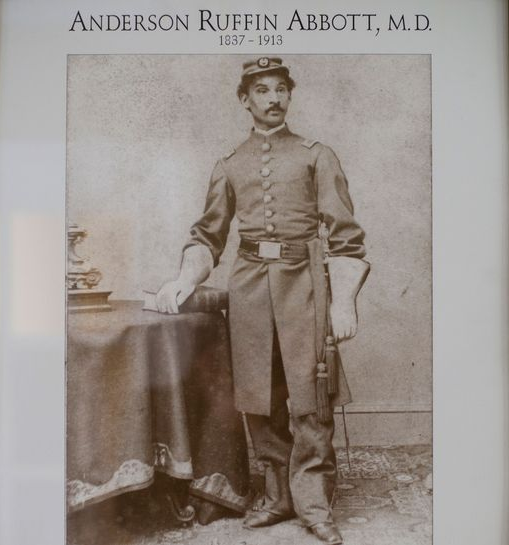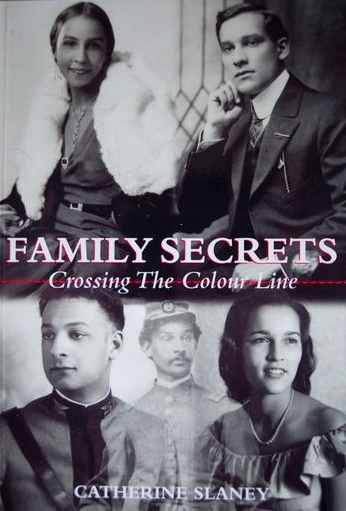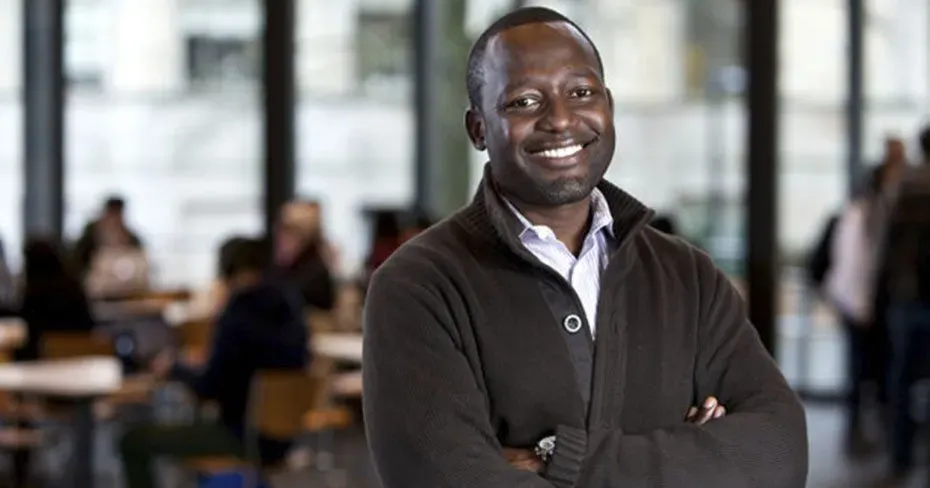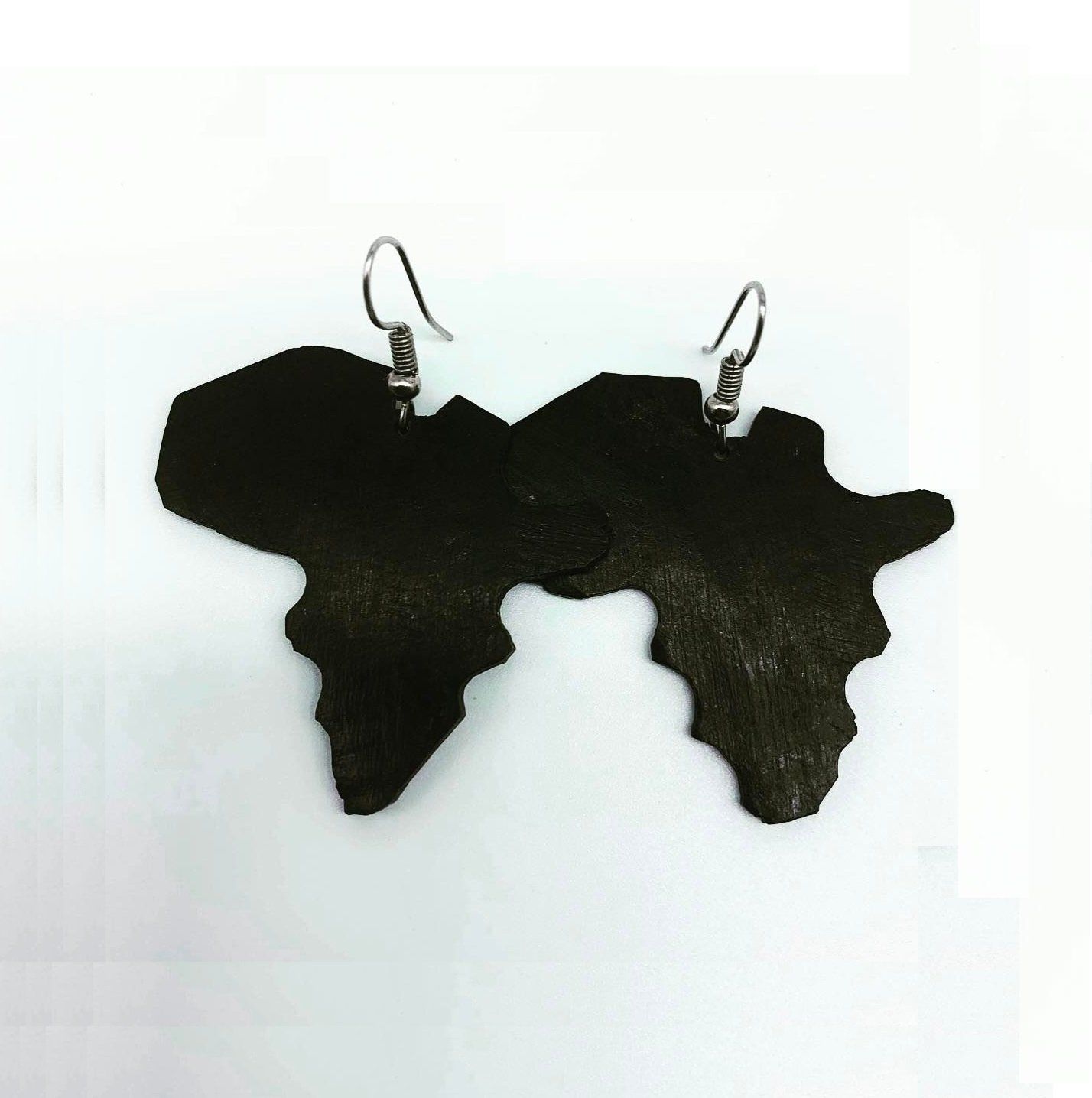Anderson Ruffin Abbott, the First Black Doctor Born in Canada
Canada’s first Canadian-born Black doctor got his MD licence in 1861.
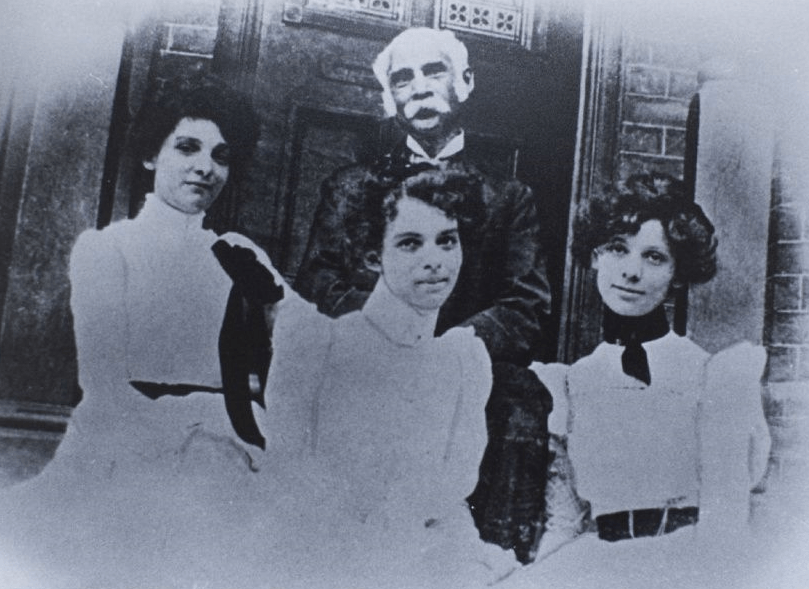
Today, an MD, or medical doctor notation, is nothing unusual. But when Anderson Ruffin Abbott earned his MD in 1861 at the age of 23, after meeting the licensing standards of the Medical Board of Upper Canada, it was quite a milestone.
Anderson Abbott was the first Canadian-born person of African heritage to become a doctor in Canada. It was a proud day for his American parents, Wilson and Ellen Ruffin Abbott, who emigrated from Alabama in 1835 where they were identified as “free persons of colour.”
The racial tension and unrest following the 1831 Nat Turner slave rebellion, forced the Abbotts to leave Mobile, Ala. They were warned anonymously to go. Their general store was later set on fire by White Southerners.
Slavery had been outlawed in the British colonies in 1834, and
Toronto proved to be a peaceful oasis with opportunity for Abbott’s father, Wilson Ruffin Abbott, who became successful buying and selling properties.
The Abbotts were among hundreds of Black American families, both freeborn and fugitive slaves, who sought a better life in Upper Canada in the 1800s, according to the online Dictionary of Canadian Biography . After the U.S. Congress passed the Fugitive Slave Act in 1850, thousands more fled to Canada. The act forced citizens in non-slave states to assist in the capture of escaped slaves if their “owners” were pursuing them.
With this growing influx of Black people in Canada in the mid-1800s, there “was also significant societal racism and discrimination’’.
But in 1835, the racial climate in Toronto - a town of 9,300 residents, about 500 of them of African heritage — “seemed favourable,’’ says Georgetown author Catherine Slaney, Anderson Abbott’s great-granddaughter who delved into her family’s history in her 2003 book Family Secrets, Crossing the Colour Line.
“As a light-skinned, Black family who were law-abiding, self-sufficient and behaving like respectable, temperate Christians, the Abbotts met with little social or economic opposition,’’ Slaney wrote in her book. (Her mother, Marion, was the daughter of Anderson’s youngest son, Gordon.)
Toronto was not totally colour-blind, though. The Toronto City Directory of 1850 recorded the race of people of colour. Wilson Abbott, for instance, had “coloured’’ in brackets after his name in the directory.
Wilson Abbott didn’t have a formal education - his wife taught him to read - yet he was a trailblazer. He helped organize the Anti-Slavery Society of Canada and won a seat on city council in Toronto in 1840. His success let young Anderson access an excellent education.
Anderson Abbott attended the
Buxton Mission school near Chatham, Ontario, established in 1850 to educate Black children from the nearby
Elgin Settlement, where freed slaves had built a successful farm community.
Later, Anderson Abbott was one of the first three Black students accepted at Toronto Academy of Knox College, where he was an honour student. In 1856, he enrolled in Oberlin College in Ohio, an innovative school which was not segregated and was also the first coed college in the United States. The college supported the abolitionist cause and offered a range of courses including philosophy, literature, music and art.
By 1857, Anderson Abbott returned to Canada and enrolled at the Toronto School of Medicine, then an affiliate of the
University of Toronto. At the same time, he was studying and working with Alexander Thomas Augusta, an American-born “free person of colour’’ who graduated from U of T’s Trinity College in 1856, becoming the first doctor of African descent in Canada.
Augusta proved to be a good friend and mentor. In 1861, Anderson Abbott was awarded his licence to practice medicine, becoming the first Canadian-born Black doctor.
That same year the American Civil War broke out. Even though he was Canadian, Anderson Abbott wanted to help the Union Army in its fight against the Confederate States, which allowed slavery. His first attempt in early 1863 to get hired on as an assistant surgeon was refused. But he persisted and became a contract surgeon in mid-1863.
Anderson Abbott distinguished himself, becoming surgeon-in-chief at the Freedman’s Hospital (for Blacks) in Washington, D.C., which had 2,000 beds and a large staff. He received many commendations and he and Dr. Augusta came to be known by
Washington’s movers and shakers, including U.S. president Abraham Lincoln.
When Lincoln, who was shot by an assassin on April 14, 1865, lay dying, his wife, Mary Todd Lincoln, asked that her dressmaker and friend, former slave Elizabeth Keckley, sit with her. Anderson Abbott accompanied Keckley and was among a small group of doctors, friends and family who stayed with the dying president.
After Lincoln’s death, Mary sent Anderson Abbott the houndstooth shawl that Lincoln had worn to his inauguration in appreciation. It is now on display at the Wisconsin Historical Society.
Deeply saddened by Lincoln’s death, Anderson Abbott stayed in Washington, D.C., working with the Freedman’s Bureau, which provided food, housing and assistance to former slaves. In 1866 he returned to Toronto and the following year became a member of the College of Physicians and Surgeons and acted as surgeon-in-chief at Toronto General Hospital for two years.
In 1871, he married Mary Ann Casey, whose maternal grandfather Elias Adams, the first mayor of
St. Catharines, founded the Refugee Slaves’ Friends Society to help escaped American slaves. Her mother, a white woman, married barbershop owner Thomas Powers Casey, described in references from the time as “coloured.”
The couple moved to Chatham, where Anderson Abbott set up medical practice and they raised their children (three daughters and two sons - two other children died young). He was a well-respected community member and was elected chairman of the Kent County Medical Association in 1878.
He also became coroner of Kent County in 1874, the first person of African ancestry to be appointed. It was a laudable achievement, but it didn’t mean that there were no racial tensions in the area, which had a sizable Black population, Slaney writes in her book. Since the days of the Underground Railway, when escaped slaves found refuge in Canada via the nearby Detroit-Windsor corridor, Chatham’s Black community had grown. An 1856 census indicated that one-third of the 4,000 residents of Chatham were Black.
Prejudice in Chatham expressed itself in a racially segregated school system.
Anderson Abbott fought against it and served as president of the Wilberforce Educational Institute, which helped prepare Black high school students for university. He could never accept the “separate but equal’’ concept of segregated education, Slaney wrote in her book. The Abbotts left Chatham in 1881 - 10 years before the last separate “Negro’’ school was closed in the town - and moved to Dundas, Ont.
Slaney speculates the move had something to do with rising racial prejudice in the community. She believes the Abbotts wanted to “widen the cultural and social horizons” of their children and Dundas was closer to the cosmopolitan centres of
Hamilton and Toronto.
In Dundas, Anderson Abbott developed a thriving medical practice and became assistant editor of the local paper, the Dundas Banner. He wrote about welfare and civil rights under an alias. He attacked any views “that depicted his race as inadequate, dishonest, unworthy or objectionable in any way,” Slaney wrote in Family Secrets.
The Abbott family moved to Oakville in 1889, before returning to Toronto the next year. In 1894, Anderson Abbott accepted the position of surgeon-in-chief at Provident Hospital in Chicago, the first training hospital for Black nurses in the United States.
By 1900 he had returned to Toronto, resumed a medical practice and wrote for publications on topics as diverse as Darwinism, biology and the Civil War.
Anderson Abbott and Toronto alderman William Peyton Hubbard, the son of American slaves, who also served as acting mayor of Toronto, were close friends. His daughter, Grace, married Hubbard’s son Frederick.
Abbott was so moved by Hubbard’s fifth re-election in 1898, he wrote an essay about it that was published in the New York Age, an Afro-American newspaper that published from 1887 to 1960. Hubbard served 15 terms in office.
In it, he noted that Hubbard was elected in an essentially white, wealthy ward and he achieved this based on his record of “honesty and faithfulness” and that “his color did not enter into the contest.”
He saw Hubbard’s success as a positive sign for the future - “an indication of the revolution that is taking place in public sentiment towards the colored man and of the rapid progress the race is making all along the line.”
Anderson Abbott died in Toronto in 1913, age 76.
Source:
http://ow.ly/Emr130q8IDz

